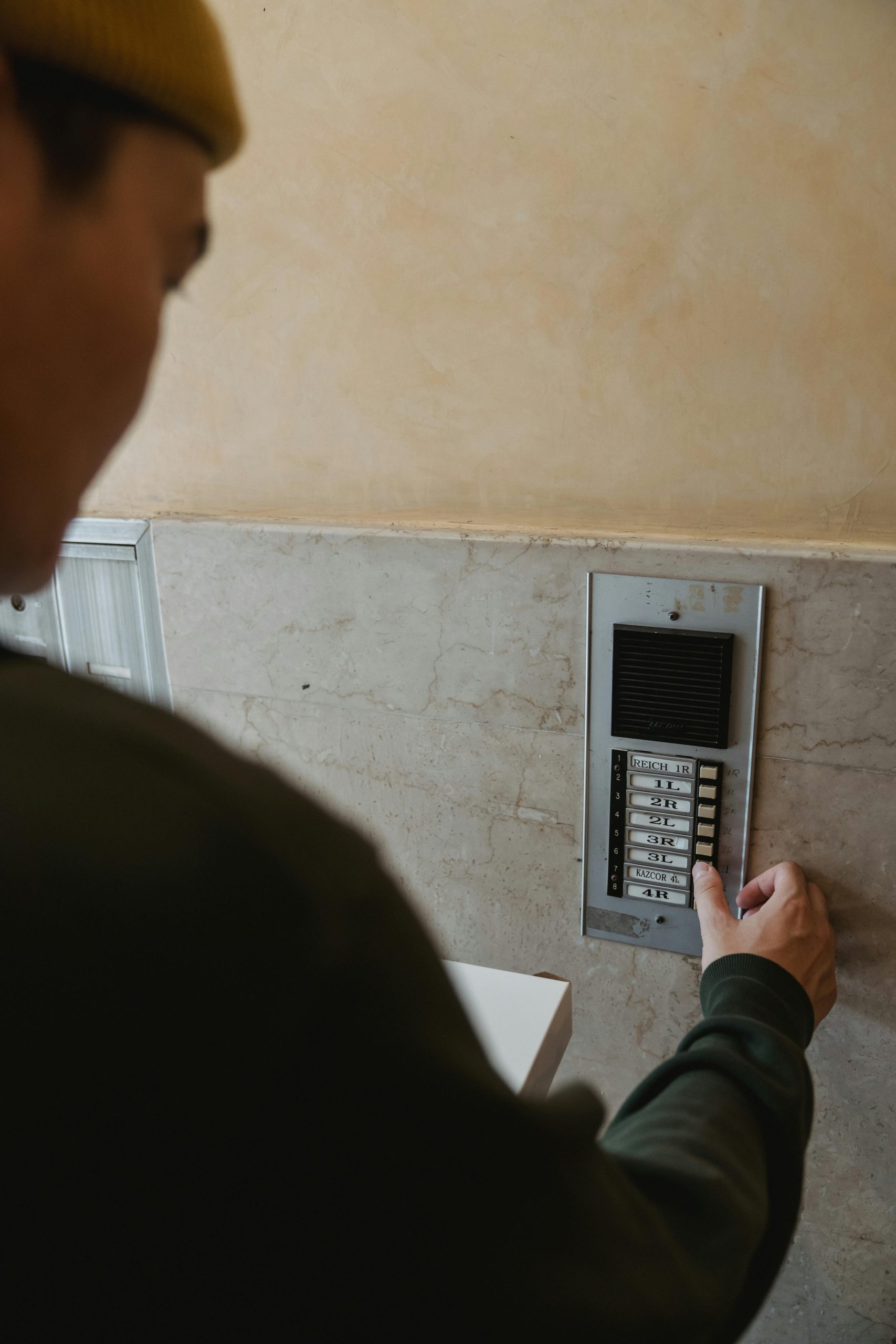Understanding and Resolving “Authentication Required” Issues on iBuntu 2.1 Lix Sur
Introduction
For newcomers to the Linux ecosystem, encountering system prompts and unexpected lock-ups can be both confusing and frustrating. One common issue users report is unexpected “Authentication required” popups, which sometimes lead to system freezes. If you’re running iBuntu 2.1 Lix Sur—an operating system based on Ubuntu 20—this article aims to shed light on this problem and provide practical solutions to manage it effectively.
What is “Authentication Required” and Why Does It Occur?
In Linux-based systems like iBuntu, the “Authentication required” prompt typically appears when the system needs administrative privileges to execute certain tasks. These might include installing software updates, modifying system settings, or executing commands that require root access.
Under normal circumstances, system prompts for authentication are routine. However, if these prompts appear unexpectedly or persistently, they could indicate underlying issues, such as:
- Background processes triggering frequent privilege escalations.
- Pending system updates or sometimes incomplete installations.
- Configuration inconsistencies or bugs within the distribution.
Common Symptoms
- Occasional pop-up messages demanding authentication.
- System becoming unresponsive or “frozen.”
- System lock-ins, especially when opening applications like Chrome.
- Need for forced shutdowns when the system becomes unresponsive.
Practical Steps to Troubleshoot and Prevent Lock-Ups
- Monitor System Processes and Logs
Use system monitoring tools to identify any processes that trigger frequent authentication prompts. Commands like top, htop, or reviewing logs in /var/log/ can provide insights into potential culprits.
- Update the System
Ensure your system is fully updated. Run:
bash
sudo apt update && sudo apt upgrade
This can fix bugs related to package management and system stability.
- Check for Pending Updates or Held Packages
Sometimes, held packages prevent updates, leading to inconsistent system states. To identify, run:
bash
sudo apt-mark showhold
Resolve any issues as needed.
- Review Authentication Policies
The Pluggable Authentication Modules (PAM) configuration dictates how authentication prompts appear. Misconfigurations here might cause unintended prompts. Be cautious when editing files like /etc/pam.d/common-auth.
- Investigate Automatic Updates or Scheduled Tasks
If your system is configured to perform automatic updates
Share this content:



